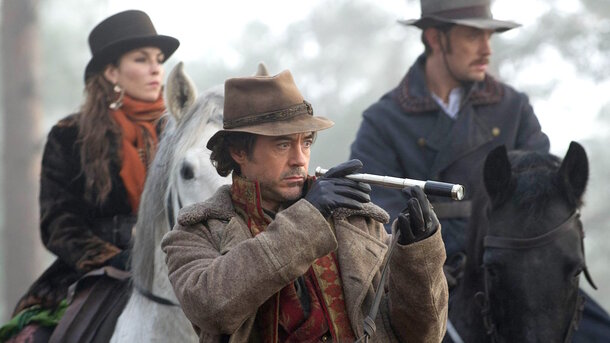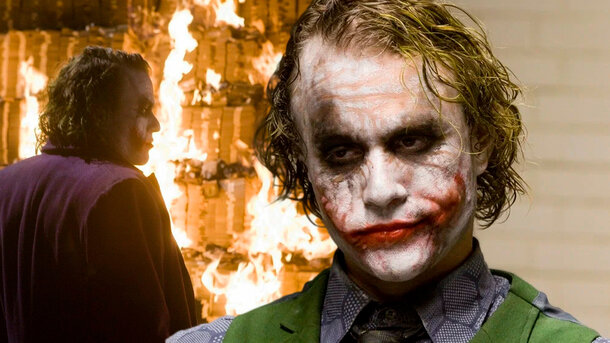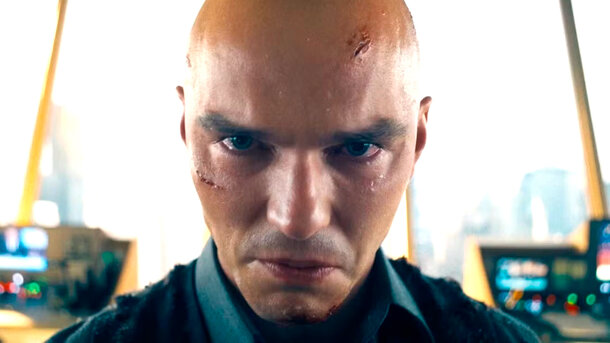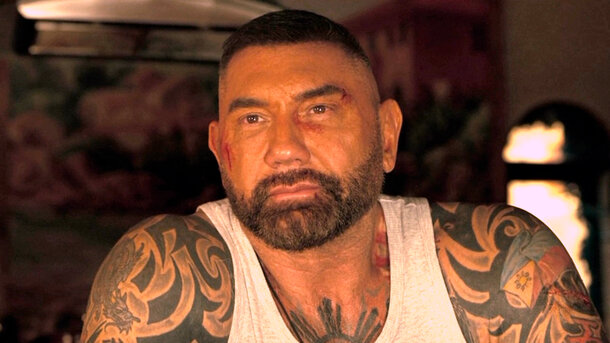Sherlock Holmes: A Game of Shadows, sequel to Guy Ritchie’s 2009 hit Sherlock Holmes, remains a favorite among fans for its gripping story, stunning visuals, and a climactic ending that left audiences with one vital question: Sherlock Holmes alive?
The film was released on December 16, 2011, in the United States. It followed the successful first installment starring Robert Downey Jr. as the iconic detective Sherlock Holmes and Jude Law as his loyal companion, Dr. John Watson.
The movie’s breathtaking visuals come from a mix of real-world locations and studio work. Filming took place primarily in England, with scenes shot in iconic places such as the Hampton Court Palace and Richborough Power Station in Kent. Additionally, outdoor sequences were filmed across Strasbourg, France, and parts of Switzerland, with studio work completed at Warner Bros. Studios in Leavesden.
The story unfolds in 1891, during the height of the Industrial Revolution. The setting aligns with the escalating tension in Europe as Sherlock Holmes confronts his most formidable opponent, Professor James Moriarty (Jared Harris), whose plot to instigate a world war forms the core of the film’s mystery.
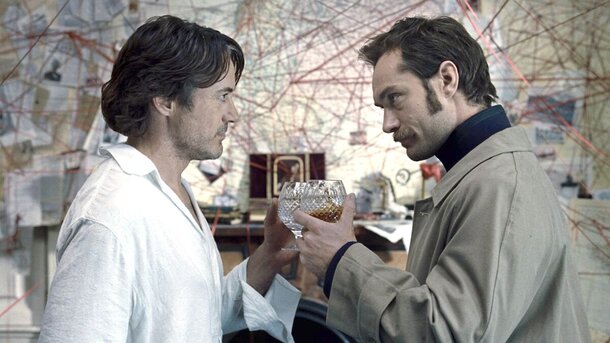
How Did Sherlock Holmes Survive?
The film’s dramatic climax sees Holmes and Moriarty battling on a balcony overlooking the Reichenbach Falls in Switzerland. In an iconic nod to Sir Arthur Conan Doyle’s original story, The Final Problem, Holmes sacrifices himself to stop Moriarty’s plans, pulling both of them off the ledge and into the roaring waterfall.
While Holmes is presumed dead, a key scene near the end hints at his survival. Here’s how Holmes likely managed to cheat death:
- The Oxygen Mask: Earlier in the film, Holmes is seen experimenting with a camouflaged breathing device (disguised as a book). This detail, introduced during his preparations for the mission, suggests Holmes anticipated the confrontation and used the device to survive underwater.
- Strategic Planning: Holmes’ incredible foresight and attention to detail allow him to plan his escape, even amidst the chaos. While falling into the waterfall, he likely utilized the breathing apparatus and waited for an opportunity to escape unseen.
- The Disguise: In the film’s final moments, Watson receives a typewritten message, and Holmes is revealed to have been in disguise, camouflaging himself within Watson’s study. This reaffirms his survival and emphasizes his mastery of misdirection — a hallmark of his character.
These clues align with the classic Holmesian strategy of using both science and deception to outwit his enemies and those who would underestimate him.
A Clever Homage to Doyle’s Work
The ending of Sherlock Holmes: A Game of Shadows closely mirrors Conan Doyle’s original story, where Holmes is presumed dead after his struggle with Moriarty at Reichenbach Falls. However, just like in the film, Holmes eventually returns, revealing that he survived using his intellect and cunning.
Guy Ritchie’s adaptation cleverly modernizes the classic tale, blending action with the cerebral qualities of Holmes’ character while staying faithful to the spirit of the source material. The mystery surrounding Holmes’ survival adds another layer to his genius, leaving fans eagerly awaiting the possibility of a third film.
